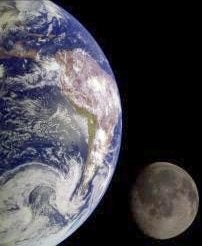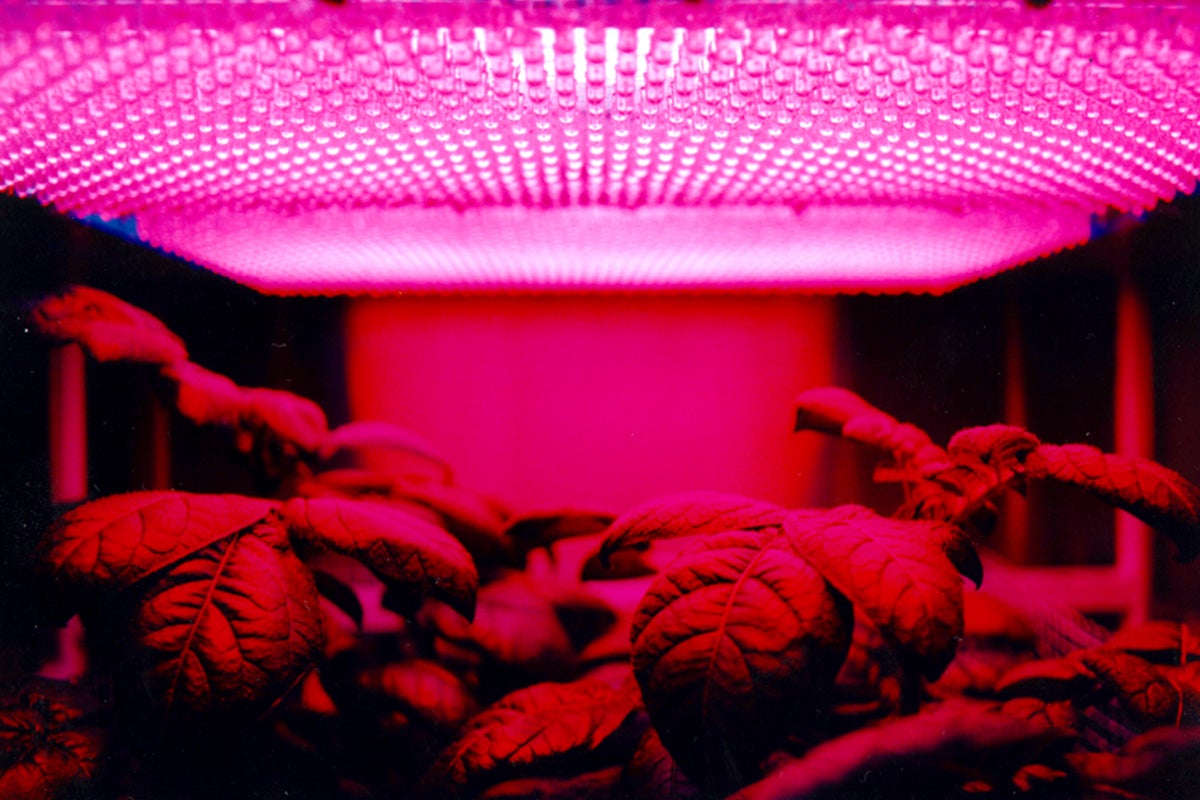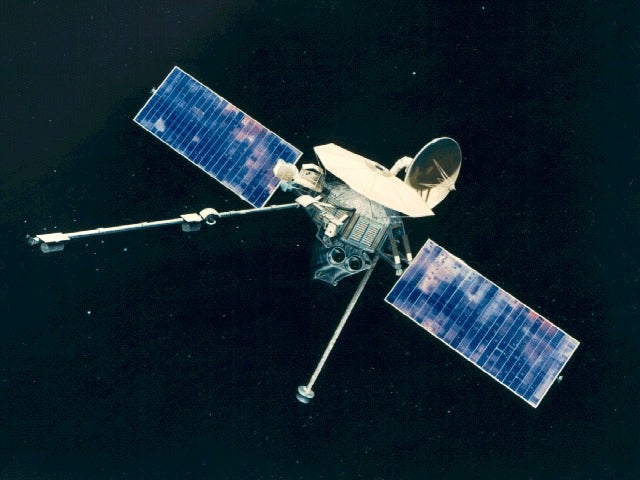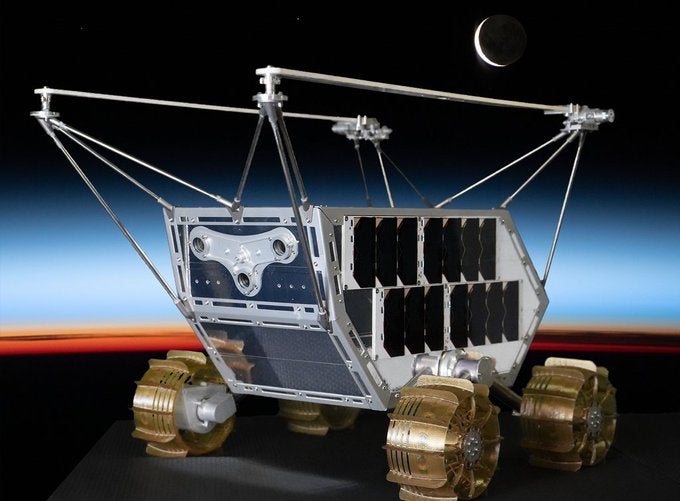A new NASA contest challenges college students to design tools or instrument packages that could be used on the next generation of human-driven Moon rovers. Students will have the opportunity to engage in NASA’s return to the Moon by designing equipment that will help astronauts accomplish tasks on the lunar surface.
Moon explorers will need to navigate in darkness around the Moon’s south pole and collect lunar regolith, or moon dust, for on-site analysis and radiation detection. They will need to communicate with Earth and have a lunar outpost and spacecraft orbiting the Moon. Moon inhabitants also will conduct video surveys of the lunar surface for transmission back to Earth, and practice rescue and the safe return of astronauts to their outpost from sorties.
Moon dust has the potential to serve as an on-site resource for building materials, water, and oxygen. However, because of its structure, the dust can damage space suits, rovers, and other equipment. The particles have sharp, jagged edges and contain microscopic shards of glass. Tool or instrument designs that can withstand the sharp-edged particles could help future astronauts and might earn students an internship at a NASA facility.
The contest is open to full-time students enrolled in accredited post-secondary institution such as universities, colleges, trade schools, community colleges and professional schools in the United States or its territories. Individuals or teams may apply, and interdisciplinary teams from across departments and institutions are encouraged.
NASA plans to invite contest winners to the next set of lunar technology mission tests planned for the summer or fall of 2009. Paid internships also are planned as student awards. The contest continues NASA’s tradition of investing in the nation’s education programs and ties into the agency’s goal of strengthening NASA and America’s future workforce.
To participate in the contest, students must submit a notice of intent to NASA by December 15, 2008, with final papers due May 15, 2009. Specific details about participation in the NASA University Design Contest in Exploration Systems, including submission requirements, can be found online.










